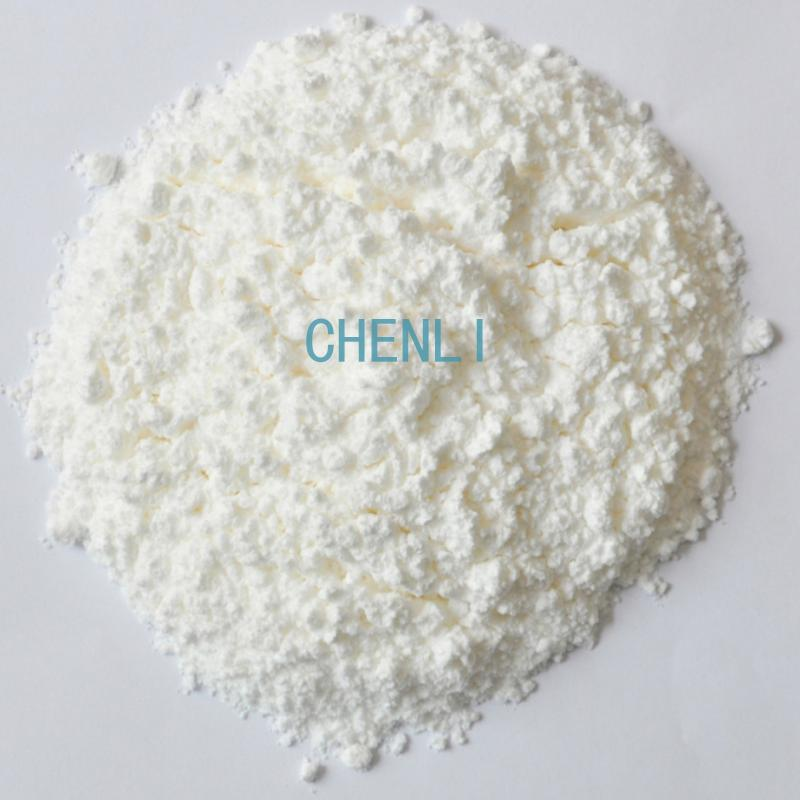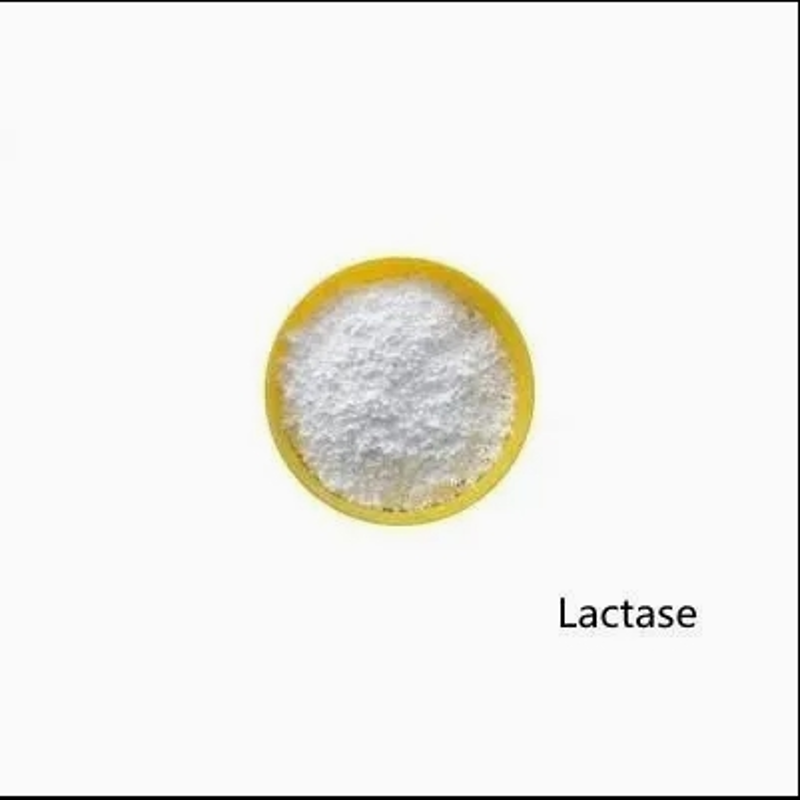-
Categories
-
Pharmaceutical Intermediates
-
Active Pharmaceutical Ingredients
-
Food Additives
- Industrial Coatings
- Agrochemicals
- Dyes and Pigments
- Surfactant
- Flavors and Fragrances
- Chemical Reagents
- Catalyst and Auxiliary
- Natural Products
- Inorganic Chemistry
-
Organic Chemistry
-
Biochemical Engineering
- Analytical Chemistry
-
Cosmetic Ingredient
- Water Treatment Chemical
-
Pharmaceutical Intermediates
Promotion
ECHEMI Mall
Wholesale
Weekly Price
Exhibition
News
-
Trade Service
The results of 203 batches of supervision and sampling were announced in this issue, covering food processing products, condiments, beverages, liquors, pastries, fried food and nut products, vegetable products, egg products, fruit products, frozen foods, dairy products, convenience foods, canned, bee products, special dietary foods, frozen beverages, potatoes and puffed foods, meat products, sugar, tea and related products, confectionery products, biscuits, food and beverage products and cooking oil, and other 24 categories.
, 12 batches of non-conforming samples and 191 batches of qualified samples.
according to national standards for food safety, individual items are not qualified, its products are judged to be non-conforming products.
inspection items are attached.
12 batches of non-conforming samples, respectively: 1. Beverage 7 batches, and Shun County Wulongshan Springs Professional Cooperative production of Wulongshan Springs (packed drinking water), production date of June 19, 2018, nitrite (in NO-2) detection value of 0.082mg/L, standard provisions ≤0.005mg/L.
inspection institutions for Shanxi Province Food Quality and Safety Supervision and Inspection Research Institute.
drinking water produced by The Red Cliff Mountain Springs Water Plant in Lingshi County, China, on June 14, 2018, the detection value of copper-green fake monocytobacteria is n1-0, n2-0, n3=1,n4=0,n5=0CFU/250mL, standard provision n=5,c=0,m=0CFU/250mL.
inspection institutions for Shanxi Province Food Quality and Safety Supervision and Inspection Research Institute.
source of high-quality drinking pure water produced by Wangjiayuan Water Plant in Lingshi County, China, june 17, 2018, copper-green fake monocytobacteria detected a value of n1-0, n2-0, n3-0, n4-0, n5-10CFU/250mL, standard n-5, c-0, m-0CFU/250mL.
inspection institutions for Shanxi Province Food Quality and Safety Supervision and Inspection Research Institute.
the bottled drinking pure water produced by Jinshuang children's pure water plant in Linyi City, China, on June 19, 2018, the value of copper-green fake monocytobacteria detected was n1-0, n2-0. 0, n3- 1, n4-0, n5-0CFU/250mL, standard n-5, c-0, m-0CFU/250mL.
inspection institutions for Shanxi Province Food Quality and Safety Supervision and Inspection Research Institute.
Lingshi County Cuifeng Town Hongfu Selenium Mountain Springs Sales Department sales of the label Lingshi County Hong Natural Mountain Springs Co., Ltd. production of bottled drinking water, production date June 20, 2018, copper-green fake monocytobacteria detected value n1-0, n2-0, n3-0, n4-1, n5-1CFU/250mL, standard n=5, c=0, m=0CFU/250mL.
inspection institutions for Shanxi Province Food Quality and Safety Supervision and Inspection Research Institute.
drinking pure water in barrels produced by Mint Mountain Springs Pure Water Plant in Zezhou County, China, June 24, 2018, copper-green fake monocytobacteria detected values n1-0, n2-1, n3-1,n4=0,n5=0CFU/250mL, standard provisions n 5, c=0, m=0CFU/250mL; E. coli detection values n1=0, n2=0, n3=0,n4=0,n5=3CFU/mL, standard provisions n=5, c=0, m=0CFU/mL.
inspection institutions for Shanxi Province Food Quality and Safety Supervision and Inspection Research Institute.
24, 2018, copper-green fake monocytobacteria detected a value of n1-0, n2-5, n3-0, n4-0, n5-0CFU/250mL, standard n-5, c-0, m-0CFU/250mL.
inspection institutions for Shanxi Province Food Quality and Safety Supervision and Inspection Research Institute.
2. Potatoes and puffed food 1 batch, Kangjia panba (spicy flavor) produced by Kangjia Food Factory, production date June 6, 2018, E. coli group detection value of n1 x 60, n2 s 70, n3 s 60, n4 s 50, n5 s 60CFU/g, standard provisions n s 5, c s 2, m s 10, M s 102CFU/g.
inspection institutions for Shanxi Province Food Quality and Safety Supervision and Inspection Research Institute.
3. Food and beverage food (peanut products) 1 batch, the transport city of Salt Lake District, the new district of the pint Xuan hot pot shop processing fried peanuts, processing date Of June 26, 2018, aflatoxin B1 detection value of 396 μg/kg, the standard is ≤20?g/kg.
inspection agency is Shanxi Province Food and Drug Inspection Institute.
4. Other food and beverage food (powder) 3 batches, Datong City Wangfu Extreme Hotel Co., Ltd. purchased fine powder and hand powder, purchase date of March 20, 2018, aluminum residue (dry samples, in Al meters) detected value of 1199mg/kg, 958mg/kg, the standard is not more than 200mg/kg.
inspection agency is Shanxi Province Food and Drug Inspection Institute.
on March 18, 2018, the residual amount of aluminum (dry samples, measured in Al) was detected at 538 mg/kg, with a standard of no more than 200 mg/kg.
inspection agency is Shanxi Province Food and Drug Inspection Institute.
191 batches of qualified samples, specifically: 1. 51 batches of grain processing products, inspection items for pollutant limits, food additives, fungal toxins, pesticide residues and other 23 indicators.
14 batches of condiments, the inspection items for pollutant limits, food additives, fungal toxins, chemical and chemical indicators, microbial indicators and other 15 indicators.
33 batches of beverages, the inspection items for pollutant limits, chemical and chemical indicators, food additives, microbial indicators and other 29 indicators.
4. Liquor 6 batches, inspection items for the chemical and chemical indicators, pollutant limits, food additives and other 15 indicators.
3 batches of dairy products, the inspection items for pollutant limits, food additives, fungal toxins, microbial indicators and other 17 indicators.
6. Pastry 14 batches, inspection items for pollutant limits, food additives, chemical and chemical indicators, microbial indicators and other 21 indicators.
7. Edible oil, grease and its products 4 batches, inspection items for pollutant limits, fungal toxins and other 10 indicators.
8. 1 batch of special dietary food, the inspection items are pollutant limit, microbial index, mycotoxin, physicotic index and other 27 indicators.
9. Fried goods and nut products 2 batches, inspection items for pollutant limits, microbial indicators, food additives, fungal toxins and other 11 indicators.
10. Vegetable products 4 batches, inspection items for the inspection items for pollutant limits, food additives and other 19 indicators.
11. Egg products 6 batches, inspection items for food additives, pollutant limits, microbial indicators and other 5 indicators.
12. Frozen food 7 batches, inspection items for food additives, pollutant limits, chemical and chemical indicators additives and other 12 indicators.
13. Fruit products 13 batches, inspection items for food additives, pollutant limits, fungal toxins, microbial indicators and other 15 indicators.
14. Convenient food 2 batches, inspection items for the inspection items for food additives, pollutant limits, chemical and chemical indicators, microbial indicators and other 9 indicators.
15. Canned 1 batch, inspection items for food additives, pollutant limits, fungal toxins, microbial indicators and other 11 indicators.
16. Bee products 3 batches, inspection items for food additives, pollutant limits, veterinary drug residues, microbial indicators and other 12 indicators.
17. Frozen drinks 2 batches, inspection items for food additives, pollutant limits, microbial indicators and other 10 indicators.
18. Potato and puffed food 11 batches, inspection items for food additives, pollutant limits, chemical and chemical indicators, microbial indicators and other 12 indicators.
19. Meat products 4 batches, inspection items for dye limits, microbial indicators, food additives, non-edible substances and easy to abuse food additives and other 18 indicators.
20. Sugar 1 batch, inspection items for food additives, chemical and chemical indicators, such as 8 indicators.
21. Tea and related products 6 batches, inspection items for pesticide residues, pollutant limits and other 6 indicators.
22. Candy products 1 batch, inspection items for food additives, pollutant limits, microbial indicators and other 8 indicators.
23. Biscuits 2 batches, inspection items for food additives, pollutant limits, chemical and chemical indicators, microbial indicators, such as 15 indicators.
In view of the non-conforming products found in the above-mentioned sampling, our Bureau has, in accordance with the provisions of the Food Safety Law of the People's Republic of China, tasked the relevant municipal bureaus to carry out timely verification and disposal, take measures such as sealing, off-shelf, recalling unqualified products to prevent and control food safety risks, urge enterprises to find the cause and eliminate hidden dangers.
consumers who find food that has been notified in the market can call 12331 to report a complaint.
note: 1, copper-green fake monocytobacteria copper-green false monocytobacteria is one of the common bacteria, often found in humid environment, such as soil, water, air, the bacteria is a condition pathogenic bacteria, in the body's reduced resistance and other specific conditions can cause disease.
the reasons for the failure of copper-green false monocytobacteria may be: First, raw water body infected;
2, E. coli group is a common food pollution at home and abroad, one of the common indicators of bacteria.
detection of E. coli in food products indicates a greater likelihood of contamination by pathogenic bacteria such as salmonella, Sygassis, and pathogenic E. coli.
E. coli group may be due to the product processing raw materials, packaging materials contaminated, or in the production process by personnel, tools and other production equipment, environmental pollution, sterilization process of products sterilized not thoroughly caused.
3, nitrites (in NO-2) nitrites to some extent reflect the pollution of water bodies.
"National Standard for Food Safety In Food Contaminant Limits" (GB2762-2017), the maximum limit for nitrites in packaged drinking water is 0.005mg/L (in NO2-counts). Nitrites in
water can be converted from nitrates, nitrates have natural and man-made sources, water is contaminated by bacteria, bacteria at a certain temperature will release nitrate reductase, nitrates in the water reduced to nitrites, in addition, if improper disinfection control, will also lead to increased nitrite concentration in the water transmission system.
4, aluminum residue aluminum is mainly in the process of making powder, fans or oil bars, oil cakes to add alum (twelve water aluminum sulfate potassium) introduced, alum (twelve water aluminum sulfate potassium) is a food additive, the production of powder, fans can add aluminum can make the finished product more ribbed, oil strips and oil cakes in the frying process to add alum can make the finished product more puffy.
In accordance with GB2760-2014 and the National Health and Family Planning Commission's announcement on the approval of β-semi-lactose glycosidease as a new variety of food additives (No. 1 of 2015), the residue of powder, fan aluminum (dry samples in Al) shall not exceed 200 mg/kg, and the residual amount of aluminum in deep-fried noodle products (dry samples in Al) shall not exceed 100 mg/kg.
aluminum residue may be due to the excessive use of food additives by enterprises.
5, aflatoxin B1 "Food safety national standard food fungal toxin limit" (GB 2761-2017), the maximum limit of aflatoxin B1 in peanuts is 20 μg/kg.
The reasons for the excess of aflatoxin B1 in peanut products may be: peanut raw materials in the storage process temperature, humidity and other conditions under improper control;
, Shanxi Province Food and Drug Administration, August 13, 2018 Annex 1. Annex 2 of this inspection item. Food sampling qualified - 20180813.xls Annex 3. Food sampling failure - 20180813.xls







